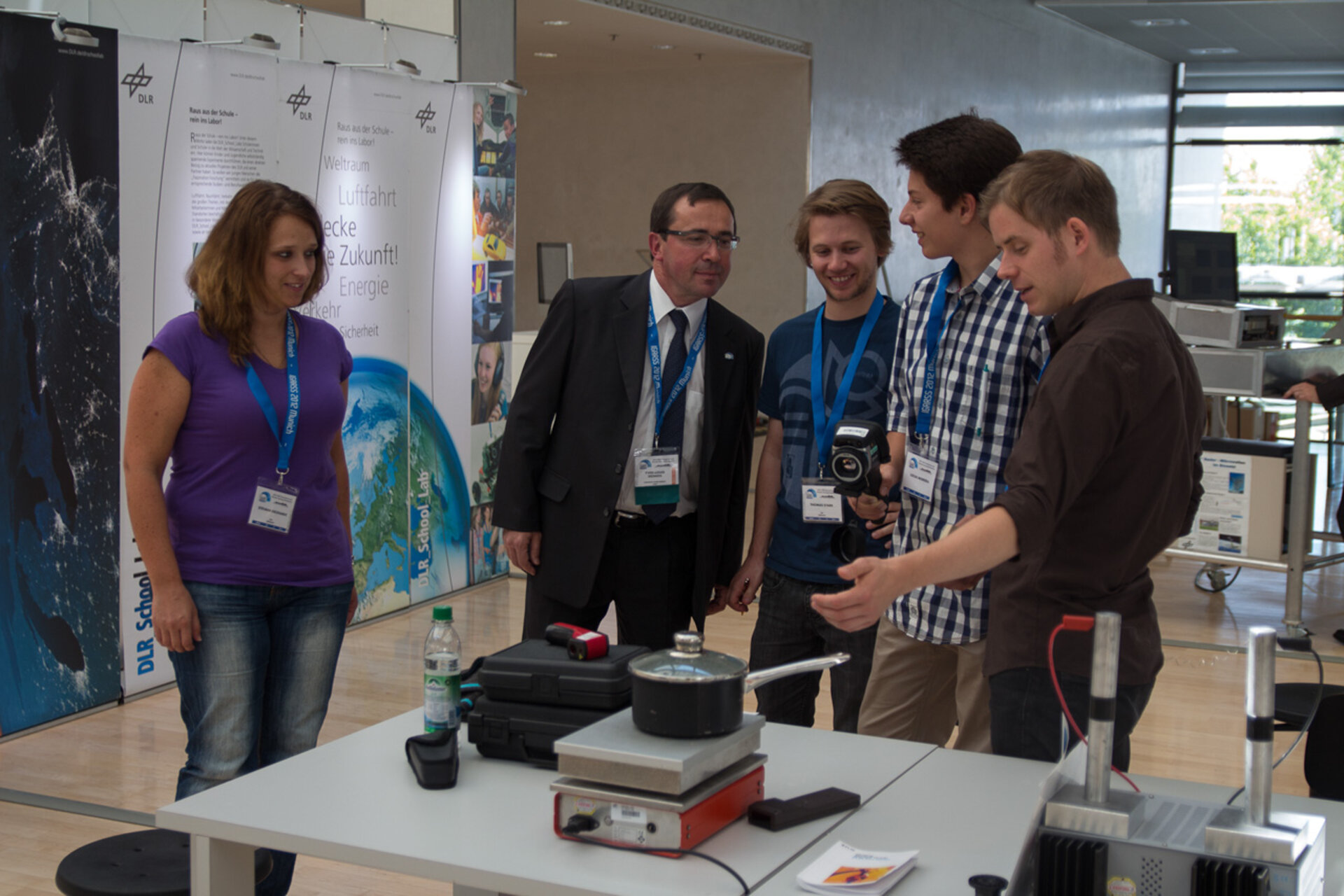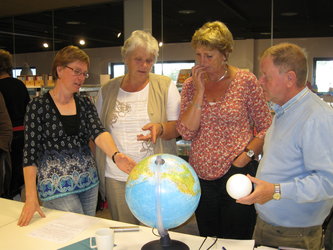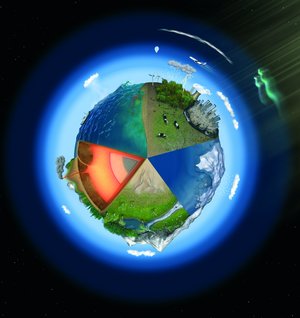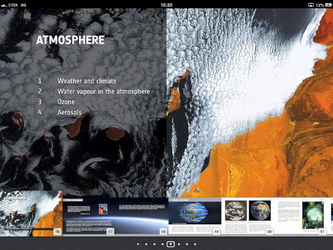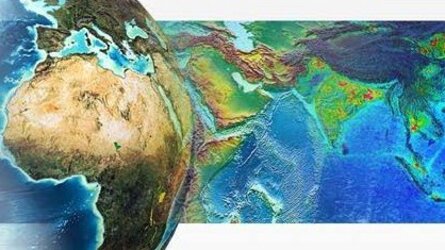School Lab comes to the UK
Students and educators are invited to sign up for the School Lab to be held at ESA’s largest scientific conference of the year, the Living Planet Symposium.
Over 100 students and 90 educators are expected to participate at the symposium, and places are still available. For more information or to register, visit the registration page.
Jointly organised by ESA, the UK Space Agency and the DLR German Aerospace Center, the Living Planet Symposium School Lab offers students a hands-on experience to learn about the science and technology of satellite Earth observation through demonstrations, experiments and practical computer sessions.
The sessions will be held 9–12 September at the Edinburgh International Conference Centre, UK.
Some activities will target upper-secondary and college-level students, aged 16–18, while others will be for teachers and educators.
Following an introduction, parallel sessions will be held during which the UK Space Agency, ESA and DLR will simultaneously provide practical activities for small groups of secondary school students and educators.
Groups will rotate until all participants have carried out all activities. At the end, participants will have the opportunity to tour the exhibition and talk to the scientists and experts attending this major conference.
The UK Space Agency will present an introduction to Earth’s atmosphere–surface system, mainly through images in the visible spectrum.
Thermal imaging experiments will then be performed in which water is heated to different temperatures and sensed by an array of instruments. This will demonstrate both the type of instruments found on Earth observation satellites as well as how temperature differences can influence ocean circulation and currents.
Students will also be shown how Earth observation data can be easily accessed and explored on iPads using selected apps. The UK Space Agency’s activities were developed with the National Space Academy.
The activities provided by DLR from the DLR_School_Lab include optical remote sensing experiments using a surface field spectrometer and an infrared camera. Students will start by learning the principles of measuring changes in the environment and the technology applied to make these measurements.
They will then acquaint themselves with the instruments before making their own observations and interpretation of atmospheric and surface parameters at various wavelengths of the reflected solar spectrum.
ESA’s activities – developed under the Eduspace initiative – will include computer sessions, where students will study satellite images acquired over the Edinburgh area by a variety of sensors. They can then learn how to process these images using software developed for secondary school students.
The image processing that the students will become familiar with range from basic handling of multispectral images, such as generating three-colour composites and contrast stretching, to processing for specific applications, such as change detection analysis.
Participants will also enjoy a 3D multimedia experience of the Earth Explorer satellites and the scientific results from their data.


